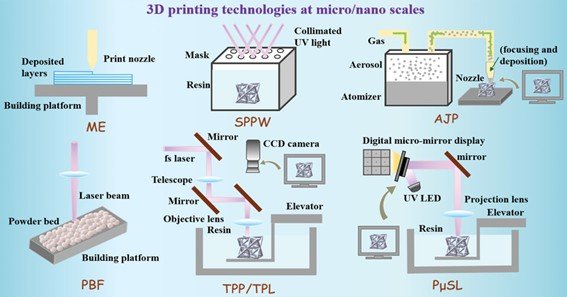For engineers and innovators in the field of microfabrication, 4d ab etching represents a transformative advancement in etching technology. This sophisticated process not only offers enhanced dimensional control but also introduces a dynamic, time-dependent element that improves precision and versatility in pattern transfer and material processing. In this article, we explore the intricacies of 4d ab etching, its core technologies, real-world applications, and its implications for the future of manufacturing.
Understanding 4D AB Etching Technology
What Is 4D AB Etching?
4d ab etching is an advanced etching process developed to meet the rigorous demands of modern micro- and nano-fabrication. By incorporating a “4D” approach, the process factors in three spatial dimensions plus the dimension of time. This allows for dynamic control of the etching process, resulting in more precise, consistent, and complex pattern formations compared to traditional static etching techniques.
How Does It Work?
In 4d ab etching, the etching parameters—such as reactive gas flow, plasma density, and bias voltage—are modulated over time to create an optimized etching profile. This dynamic adjustment enables:
-
Controlled Depth Profiling: Achieving variable etch depths within the same process run.
-
Improved Anisotropy: Enhancing directional etching characteristics to form sharp, defined features.
-
Reduced Surface Damage: Minimizing unwanted undercutting and damage to adjacent structures.
Sophisticated sensors and real-time monitoring systems are integrated into the equipment, allowing for feedback-controlled adjustments that ensure the process remains within targeted specifications throughout the etching cycle.
Applications of 4D AB Etching
The versatility of 4d ab etching makes it applicable across several high-tech industries:
-
Semiconductor Manufacturing: Ideal for producing microprocessors and other advanced integrated circuits, where precise feature definition is critical.
-
MEMS (Microelectromechanical Systems): Facilitates the creation of intricate micro-scale devices used in sensors, actuators, and other MEMS applications.
-
Optoelectronics: Enables high-precision etching necessary for developing advanced optical components and photonic devices.
-
Advanced Packaging: Plays a role in the fabrication of 3D integrated circuits and semiconductor packaging solutions, where precision and reliability are paramount.
Advantages of 4D AB Etching
-
Enhanced Precision: The time-controlled modulation of etching variables allows for finer detail and greater control over etched features.
-
Versatility in Patterning: Capable of producing complex and multi-depth structures that meet diverse design specifications.
-
Reduced Defect Rates: Real-time process adjustments help maintain optimal conditions, lowering the likelihood of defects.
-
Scalability: Suitable for both small-scale research applications and large-scale industrial production, making it a flexible solution for different production volumes.
Frequently Asked Questions
1. What exactly is 4d ab etching?
4d ab etching is an advanced etching technique that uses real-time, time-dependent control to achieve superior precision in microfabrication. It adds the temporal dimension to the traditional three-dimensional etching process to enhance performance and reliability.
2. How does 4d ab etching differ from conventional etching methods?
Unlike conventional etching, which operates under static conditions, 4d ab etching dynamically adjusts etching parameters over time. This results in improved control over etch depth, enhanced anisotropy, and overall higher-quality features with fewer defects.
3. What industries benefit most from 4d ab etching technology?
Industries such as semiconductor manufacturing, MEMS, optoelectronics, and advanced packaging benefit greatly from 4d ab etching due to its enhanced precision and ability to create complex, multi-dimensional structures.
4. What equipment is required for 4d ab etching?
Implementing 4d ab etching requires advanced etching systems equipped with plasma generation, precision controls, and real-time monitoring sensors. These systems allow for dynamic adjustments in etching parameters to achieve the desired results.
5. How can I learn more or implement 4d ab etching technology in my fabrication process?
To learn more about 4d ab etching, consider reviewing industry research papers, attending technical conferences, or consulting with equipment manufacturers specializing in advanced plasma etching technology. Engaging with experts in microfabrication can provide practical insights into integrating this technology into your process.










